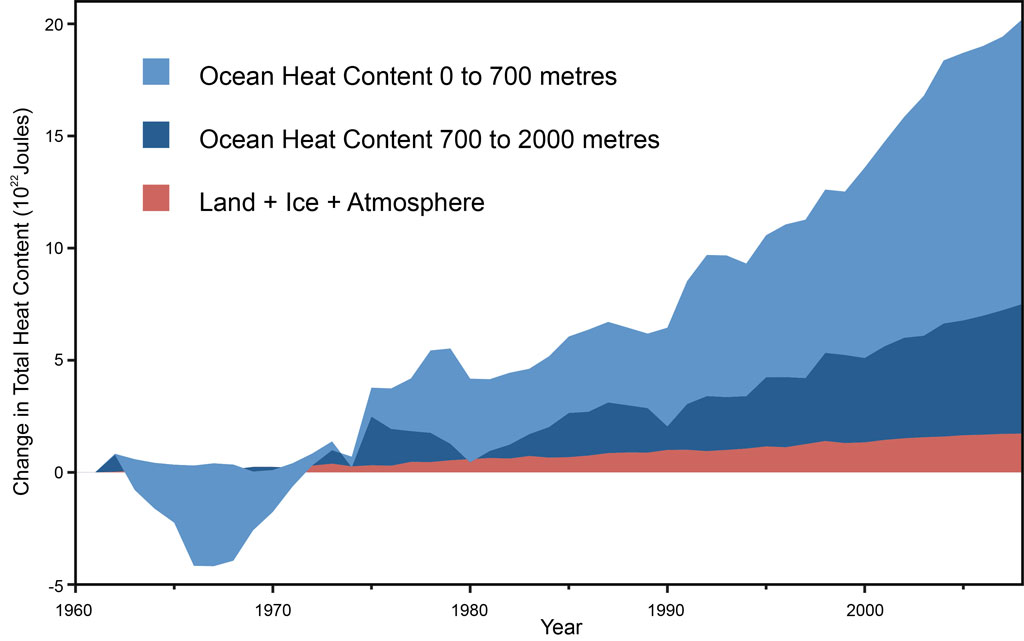
What The Science Says:
CFCs contribute to global warming at a small level.
Climate Myth: It's CFCs
"The observed data show that CFCs conspiring with cosmic rays most likely caused both the Antarctic ozone hole and global warming... The total amount of CFCs, ozone-depleting molecules that are well-known greenhouse gases, has decreased around 2000. Correspondingly, the global surface temperature has also dropped." (Qing-Bin Lu)
A paper published in an obscure physics journal by the University of Waterloo's Qing-Bin Lu (2013) has drawn quite a bit of media attention for blaming global warming not on carbon dioxide, but rather on chlorofluorocarbons (CFCs, which are also greenhouse gases). However, there are numerous fundamental flaws in the paper, which is based almost entirely on correlation (not causation) and curve fitting exercises.
Lu's hypothesis was disproven very simply by Nuccitelli et al. (2014). Lu argues that the radiative forcing (global energy imbalance) from CFCs matches global surface temperatures better than that from CO2 over the past decade. This is because as a result of the Montreal Protocol, CFC emissions (and emissions of hydrofluorocarbons, which replaced CFCs) have been flat over the past decade, and global surface air temperatures have also been essentially flat during that short timeframe, while CO2 emissions have continued to rise.
However, a global energy imbalance doesn't just impact surface temperatures. In fact, only about 2% of global warming is used in heating the atmosphere, while about 90% heats the oceans. Over the past decade, ocean and overall global heating have continued to rise rapidly, accumulating the equivalent of about 4 Hiroshima atomic bomb detonations per second (Figure 1).
Figure 1: Land, atmosphere, and ice heating (red), 0-700 meter OHC increase (light blue), 700-2,000 meter OHC increase (dark blue). From Nuccitelli et al. (2012).
So while CFCs might match surface temperature changes better than CO2 emissions over the past decade, CO2 emissions better match the relevant metric – overall global heat accumulation. Since a global energy imbalance influences global heat content and not just surface temperatures, this by itself is sufficient to falsify Lu's hypothesis (though the paper contains several other fundamental problems – see the Advanced level rebuttal for details).
 |
The Skeptical Science website by Skeptical Science is licensed under a Creative Commons Attribution 3.0 Unported License. |